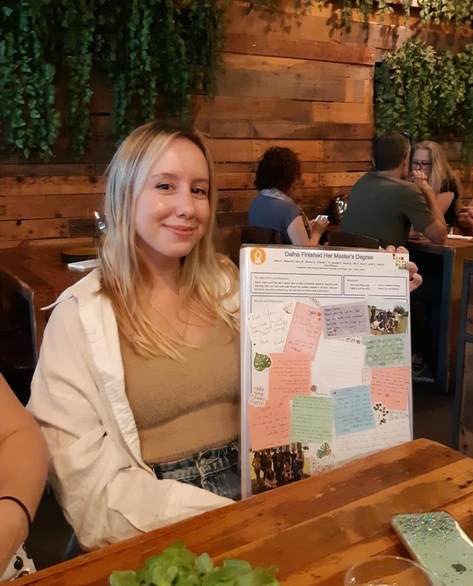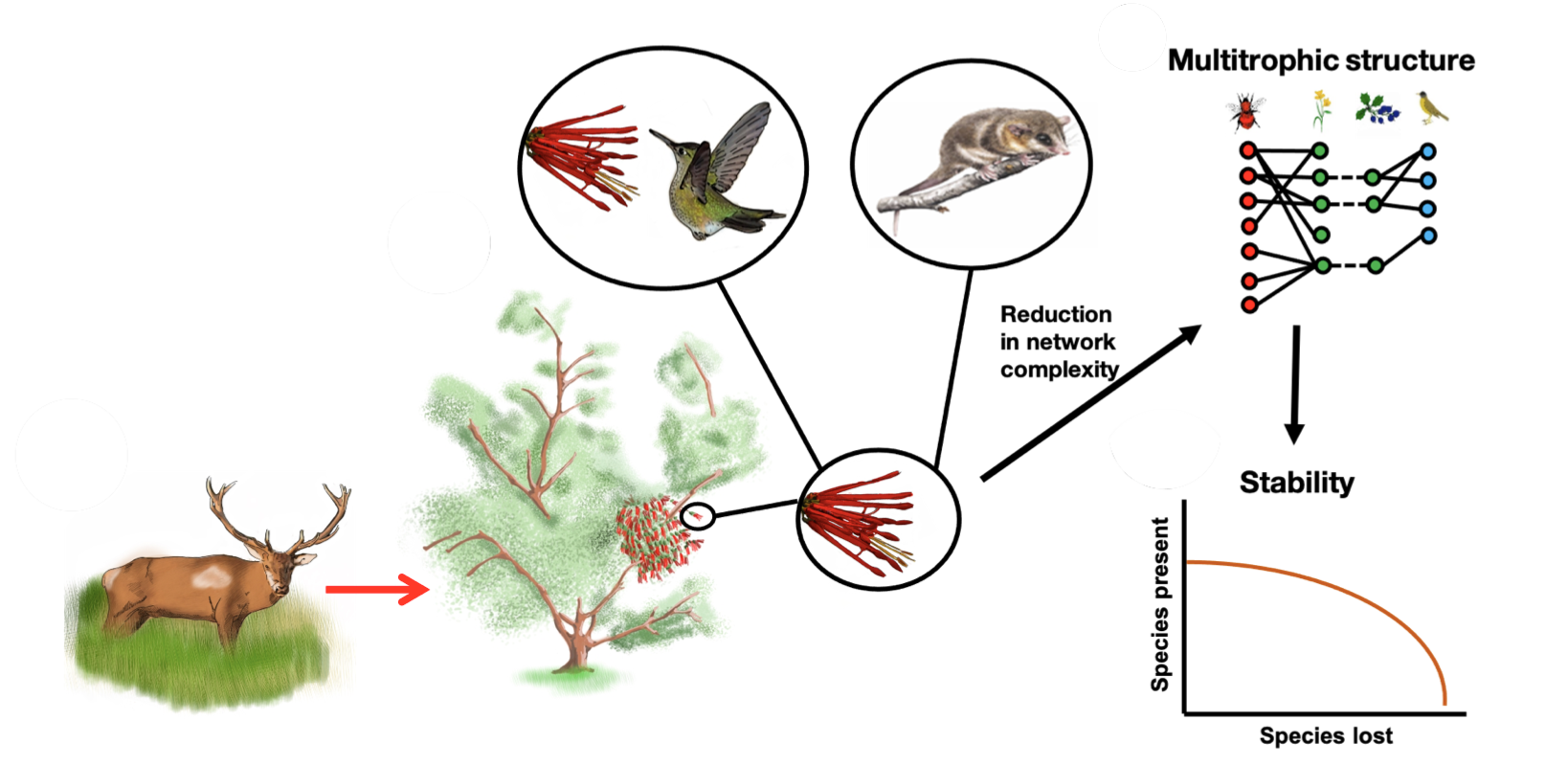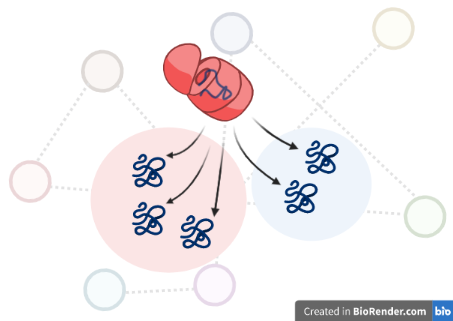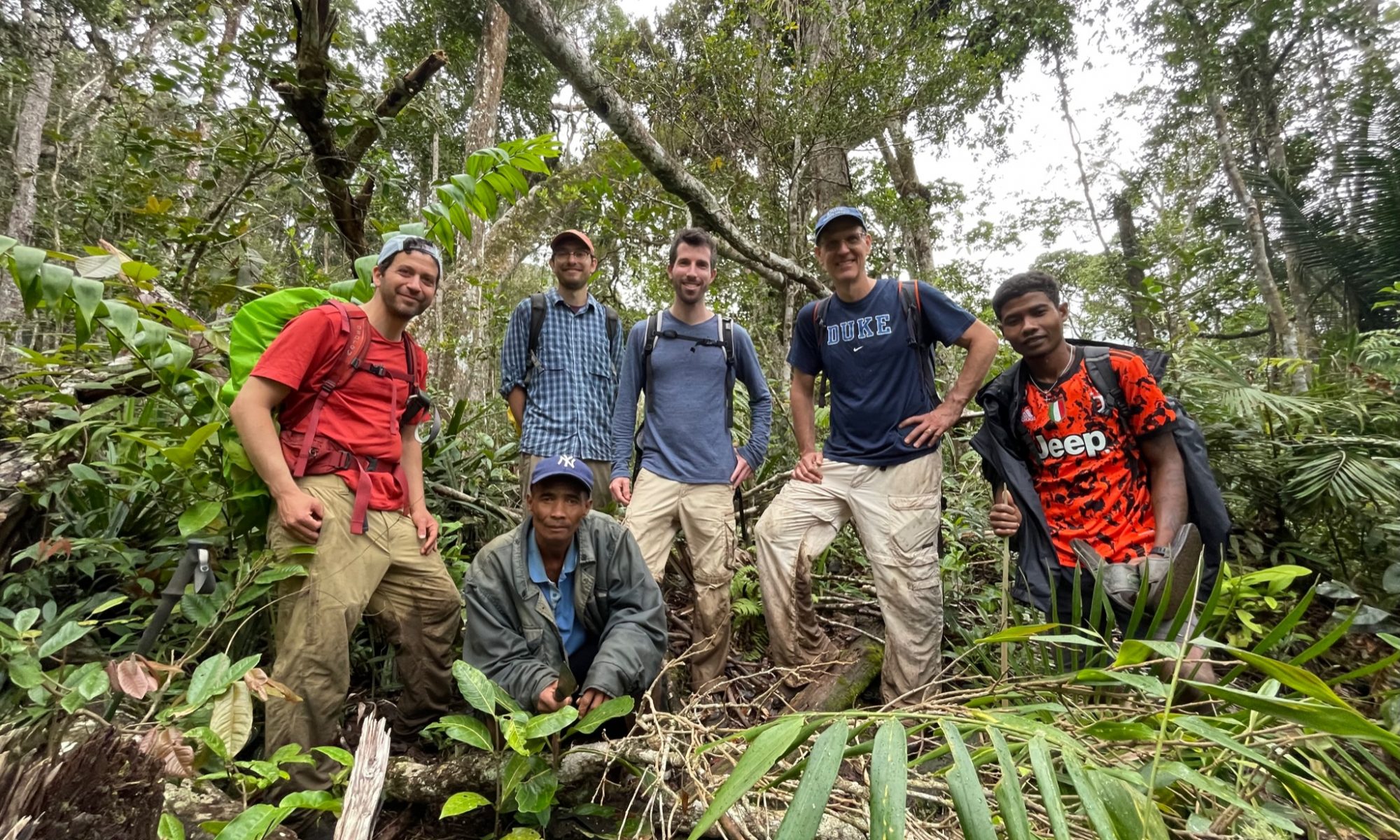We will miss her, but wish her all the best down the road!
New paper on how non-native ungulates affect pollination-seed dispersal multilayer networks is on bioRxiv!
Shai and Tiño participated in the SFE² GfÖ EEF International Conference in France
Shai and Tiño traveled to Metz, France to participate in the joint meeting of SFE² GfÖ EEF. They presented projects from the lab, making new connections and engaging in discussion with researchers from all over the world.
Our paper on cancer-dependent chaperone-client networks is on bioRxiv!
By bringing concepts from ecological networks into molecular biology, we found that cancer environments modulate protein interaction structure and robustness in the mitochondria of cancer cells.
Take a look here!
Shai, Matan and Geut participated in a workshop on Mathematical modeling of microbiome in Germany
Shai Matan and Geut traveled to Plön, Germany and participated in the workshop on mathematical modelling of microbiomes organized by Max Planck Institute for Evolutionary Biology – presenting active projects in the lab, meeting new people and engaging in discussion with researchers from all over the world.
Our paper on multilayer networks of plasmid genetic similarity is on bioRxiv!
Bringing concepts from disease ecology into microbial ecology, we found pathways of anti microbial resistance transmission across animal hosts in a multilayer plasmid sequence network. Take a look here!
Julie obtains a permanent position!
We wish all the best to Julie in her new position at Anses, the French Agency for Food, Environmental, and Occupational Health and Safety.
We will miss her, but we’re sure she’ll do a lot of good there!
If you want to see what she’s up to, check out her website.
Shai and Matan in Madagascar
Shai and Matan Traveled to Madagascar to participate in the fieldwork done to produce the data used in Matan’s PhD research – to explore the interplay between land use change, the gut microbiome of small mammals, and their pathogens and link this interplay to potential disease dynamics.
Project Students Posters!
Today on the department’s day our project students, Maya Goldstein and Klil Shahar, presented their work throughout the year with posters!
Come and take a look:
Maya’s – The Influence of Distance on Modularity in Multilayer Spatial Networks
Klil’s – Species Roles in a Temporal Multilayer Network of Host-Parasite Interactions
Vicente has joined the lab!
Vicente J. Ontiveros is a post-doctoral researcher joining to our lab as an intern. He will be working on spatio-temporal dynamics of ecological communities. Welcome to the lab!!










